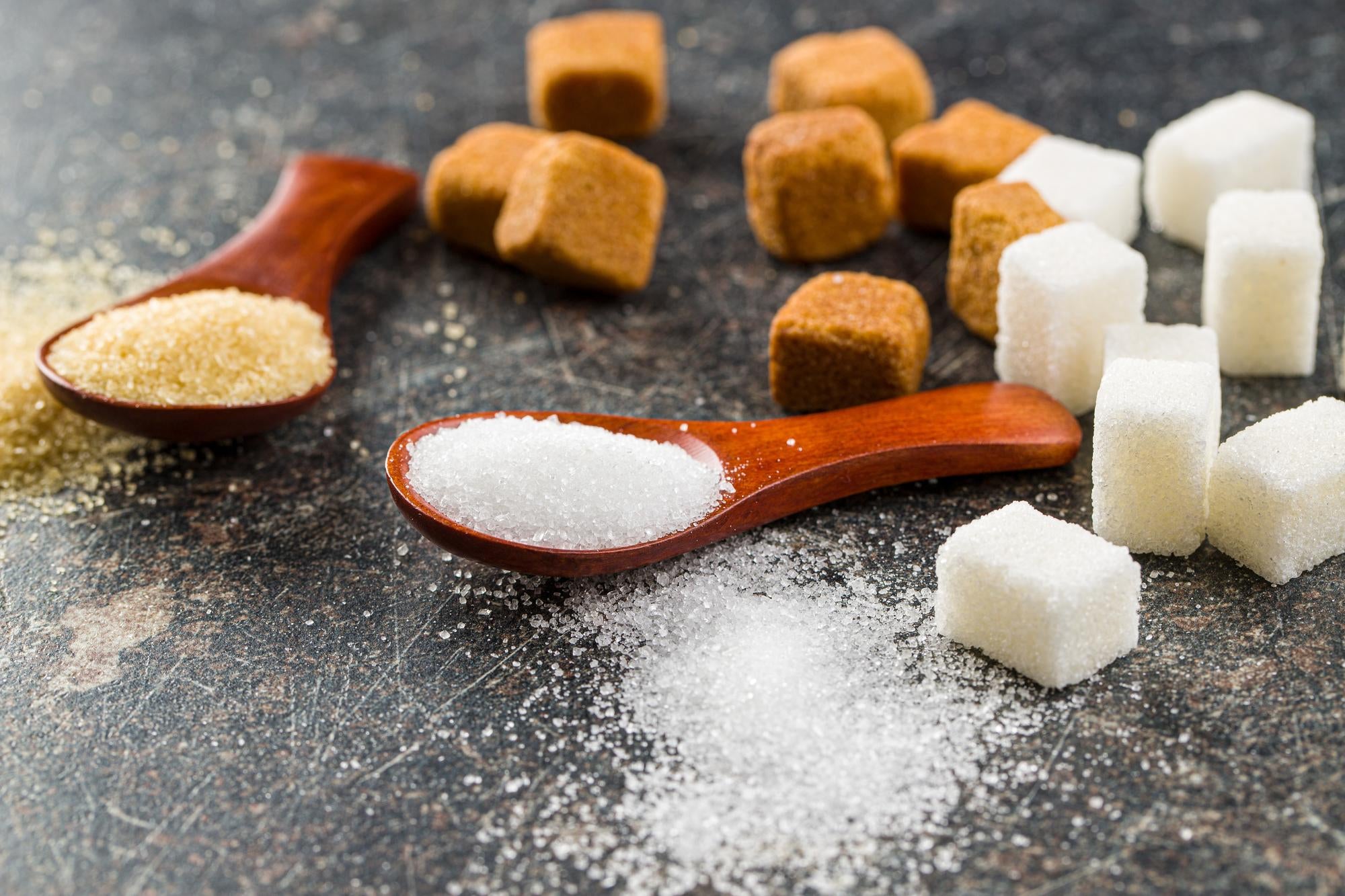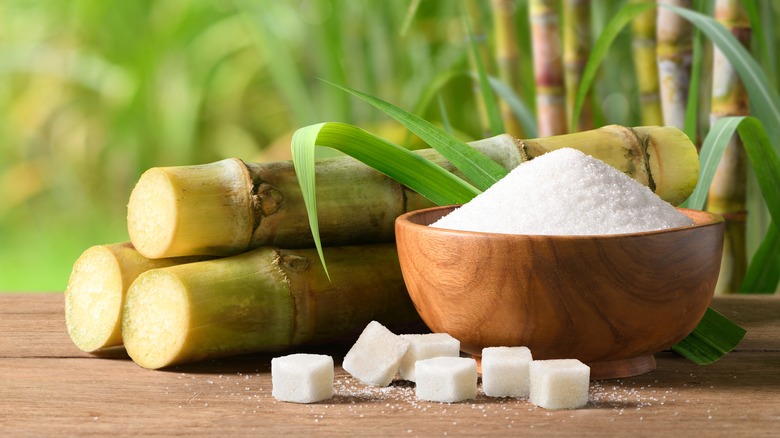Discover the Uses and Benefits of Beet Sugar Vs Cane Sugar in Your Daily Diet
Exploring the distinctive high qualities of beet and cane sugar reveals even more than just their sweetening capacities; it highlights their special impacts on wellness and cookeries. Beet sugar, known for its refined taste, is frequently preferred in delicate treats, whereas cane sugar, with its tip of molasses, includes splendor to durable dishes. Each kind holds its own dietary account and glycemic implications, inviting a much deeper understanding of their functions in a well balanced diet and sustainable consumption methods.
Beginning and Production Procedures of Beet and Cane Sugar

The distinctive environments and soil types required for growing sugar beets and sugarcane add to differences in their growing methods and geographic circulation, influencing the economics and sustainability of their production. beet sugar vs cane sugar.
Nutritional Comparison Between Beet Sugar and Cane Sugar
In spite of originating from different plants, beet sugar and cane sugar are nutritionally very similar, both mainly consisting of sucrose. Each offers regarding 4 calories per gram, translating to about 16 calories per teaspoon. Structurally, both sugars are made up of approximately 99.95% sucrose, with marginal amounts of other substances like dampness and trace element, which do not significantly alter their nutritional profiles.

Inevitably, when choosing between beet sugar and cane sugar based on dietary content alone, both deal the same advantages and downsides as they are essentially forms of the same particle-- sucrose, providing fast power without other nutrients.
Effect On Wellness: Glycemic Index and Caloric Content
Exploring even more right into the effects of beet sugar and cane sugar on health and wellness, it is very important to consider their glycemic index and calorie content. Both sugars are classified as sucrose, which contains sugar and fructose. This make-up leads them to have a similar effect on blood sugar level degrees. The glycemic index (GI) of both beet and like it cane sugar is around 65, categorizing them as high-GI foods, which can cause fast spikes in blood sugar levels. This is a crucial aspect for individuals managing diabetic issues or those attempting to support their energy degrees throughout the day.
Each sort of sugar includes around 4 calories per gram, making their caloric web content matching. For those checking calorie intake, especially when managing weight or metabolic health problems, comprehending this equivalence is vital (beet sugar vs cane sugar). Nevertheless, extreme usage of any type of high-calorie, high-GI food can contribute to health concerns such as excessive weight, heart illness, and insulin resistance.
Environmental and Economic Considerations of Sugar Production
Beyond wellness influences, the production of beet and cane sugar additionally raises significant environmental and financial concerns. Sugar beet farming tends to call for cooler climates and has a lower geographical impact compared to sugar cane, which prospers in tropical areas.
Additionally, the use of pesticides and plant foods in both beet visit this page and cane sugar growing can cause soil destruction and contamination, more impacting biodiversity and neighborhood water bodies (beet sugar vs cane sugar). The choice between cultivating sugar beet or cane often depends upon regional environmental conditions and financial elements, making the sustainability of sugar manufacturing a complex issue
Culinary Applications and Flavor Differences
While the ecological and financial elements of sugar production are without a doubt significant, the choice between beet and cane sugar additionally affects culinary applications and flavor accounts. Beet sugar, originated from the sugar beet plant, is recognized for its remarkably neutral taste. This makes it a versatile active ingredient in baking, where it does not change the taste of various other parts. It dissolves swiftly and is suitable for use in cakes, cookies, and pastries.
Walking cane sugar, extracted from sugarcane, usually retains molasses traces, which More Bonuses impart a distinctive splendor and depth. This minor molasses taste enhances the intricacy of baked products, sauces, and sauces. It is especially favored in items where a caramel undertone is desired, such as in brownies or gingerbread. Furthermore, the slight variation in wetness web content in between beet and cane sugar can impact the texture and consistency of recipes, making cane sugar a preferred choice for specific dishes that profit from its special residential properties.

Final Thought
Finally, both beet and cane sugar have distinct beginnings and manufacturing procedures, providing similar dietary accounts with mild distinctions in sodium content and flavor. While their effect on wellness, particularly relating to glycemic index and calories, is similar, the choice between them frequently steams down to ecological, economic variables, and particular cooking requirements. Recognizing these aspects can assist customers in making informed choices that align with their wellness objectives and flavor choices.